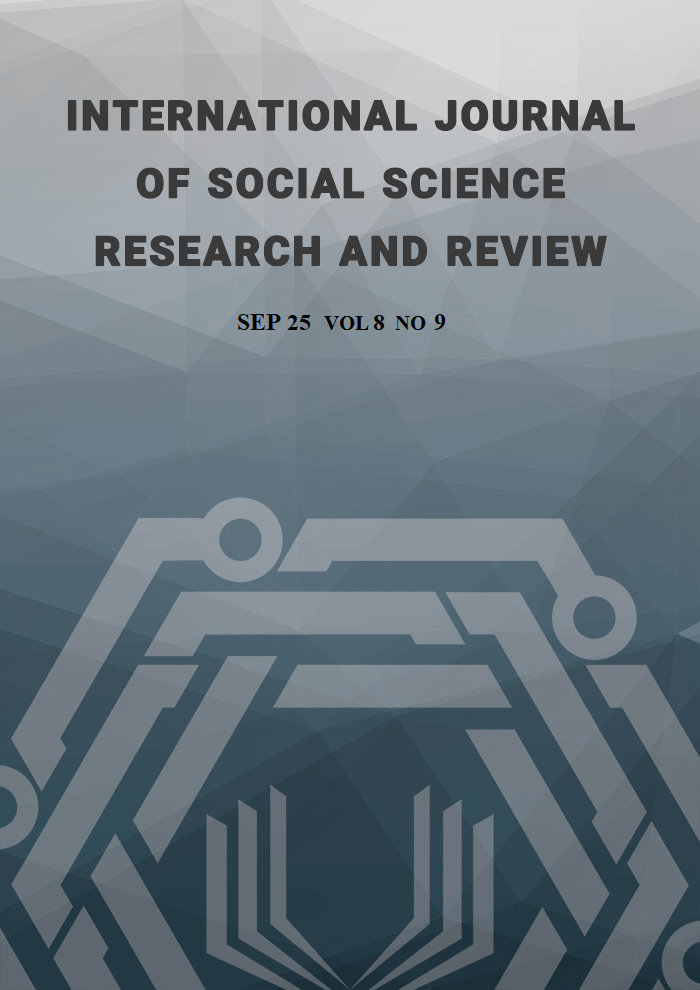Adolescent Skin Health Literacy Across Cultures
Abstract
Adolescent skin health literacy is crucial in shaping long-term dermatological outcomes and emotional well-being, yet it varies significantly across diverse cultural and geographic contexts. This cross-national study examines how both contexts influence adolescents’ knowledge, perceptions, self-esteem, practices, and accessibility related to skincare. A self-administered survey was conducted among adolescents aged 15 to 19 from diverse backgrounds, with questions covering four sections: (1) dermatological knowledge, (2) skincare behaviors, (3) emotional and social perceptions, and (4) access to skin health resources. Responses were analyzed through two perspectives: cultural identity (CI) and current location (CL). CI was used to examine belief-based and perception-related questions, while CL guided analysis of behavior and access-related questions. This dual framework helped distinguish the influences of cultural norms from environmental and systemic factors. Results showed clear distinctions between cultural identity (CI) and current location (CL) in shaping adolescent skincare literacy and behavior. Among culturally Asian teens, 69% first learned about skincare from family, and 58% trusted influencers, compared to just 29% of Western teens in both categories. The social impact of skin issues was stronger for Asian females (77%) than for Western females (67%). CL-based patterns highlighted greater access and consistency in Western settings: 69% used sunscreen regularly (vs. 65% Asian CL), 38% followed skincare routines (vs. 12%), 56% understood ingredients (vs. 35%), and 88% had access to dermatologists (vs. 53%). Gender gaps were evident as well; girls reported higher routine engagement, ingredient literacy, and social sensitivity, while boys showed lower confidence impact. These findings suggest that CI informs beliefs, but CL exerts a stronger influence on behavior and access. These findings lead to the need for culturally responsive and scientifically accurate skincare education. Public health initiatives that address both sociocultural beliefs and systemic barriers to access may help reduce the knowledge gap and promote healthier skin and emotional wellness globally.
References
Abidin, Crystal. "Aren’t These Just Young, Rich Women Doing Vain Things Online? Influencer Selfies as Subversive Frivolity." Social Media + Society, vol. 2, no. 1, 2016, pp. 1–17. SAGE Publications, doi:10.1177/2056305116641342.
Bowe, Whitney P., and Alan C. Logan. "Acne Vulgaris, Probiotics and the Gut–Brain–Skin Axis: Back to the Future?" Gut Pathogens, vol. 3, no. 1, 2011, pp. 1–11.BioMed Central,doi:10.1186/1757-4749-3-1.
Del Rosso, James Q. "The Role of Skin Care in Optimizing Treatment of Acne Vulgaris." Journal of Clinical and Aesthetic Dermatology, vol. 1, no. 2, 2008, pp. 22–27.
Draelos, Zoe Diana. Cosmetic Dermatology: Products and Procedures. Wiley-Blackwell, 2010.
Elias, Peter M. "Stratum Corneum Defensive Functions: An Integrated View." Journal of Investigative Dermatology, vol. 125, no. 2, 2005, pp. 183–200. Wiley, doi:10.1111/j.0022-202X.2005.23668.x.
Fardouly, Jasmine, Phillippa C. Diedrichs, Lenny R. Vartanian, and Helga Halliwell. "Social Comparisons on Social Media: The Impact of Facebook on Young Women's Body Image Concerns and Mood." Body Image, vol. 13, 2015, pp. 38–45. Elsevier, doi:10.1016/j.bodyim.2014.12.002.
FDA. "How to Read a Skincare Label." U.S. Food and Drug Administration, 2023, www.fda.gov/cosmetics/cosmetics-labeling-regulations.
Jablonski, Nina G., and Catherine Glenn. Living Color: The Biological and Social Meaning of Skin Color. University of California Press, 2017.
Jin, Seung-A Annie, and Ahmed Muqaddam. "Product Placement 2.0: Do Brands Need Influencers, or Do Influencers Need Brands?" Journal of Brand Management, vol. 26, no. 5, 2019, pp. 522–537. Palgrave Macmillan, doi:10.1057/s41262-019-00156-0.
Magin, Parker, Jon Adams, Gail Heading, Duncan Pond, and Wayne Smith. "Psychological Sequelae of Acne Vulgaris: Results of a Qualitative Study." Canadian Family Physician, vol. 52, no. 8, 2006, pp. 978–979.
PASS Coalition. "Protect Adolescents Through Skincare Science." PASS Coalition, www.passcoalition.org.
Perloff, Richard M. "Social Media Effects on Young Women’s Body Image Concerns: Theoretical Perspectives and an Agenda for Research." Sex Roles, vol. 71, no. 11–12, 2014, pp.
–377. Springer, doi:10.1007/s11199-014-0384-6.
Voegeli, Reto. "Gender Differences in Skin Structure and Function." Dermatology Practical & Conceptual, vol. 11, no. 3, 2021, e2021169. doi:10.5826/dpc.1103a169.
Zaenglein, Andrea L., et al. "Guidelines of Care for the Management of Acne Vulgaris." Journal of the American Academy of Dermatology, vol. 74, no. 5, 2016, pp. 945–973.e33. Elsevier, doi:10.1016/j.jaad.2015.12.037.
Copyright (c) 2025 Chaewon Youn

This work is licensed under a Creative Commons Attribution-NonCommercial-NoDerivatives 4.0 International License.
Copyright for this article is retained by the author(s), with first publication rights granted to the journal. This is an open-access article distributed under the terms and conditions of the Creative Commons Attribution license (https://creativecommons.org/licenses/by-nc-nd/4.0/).





